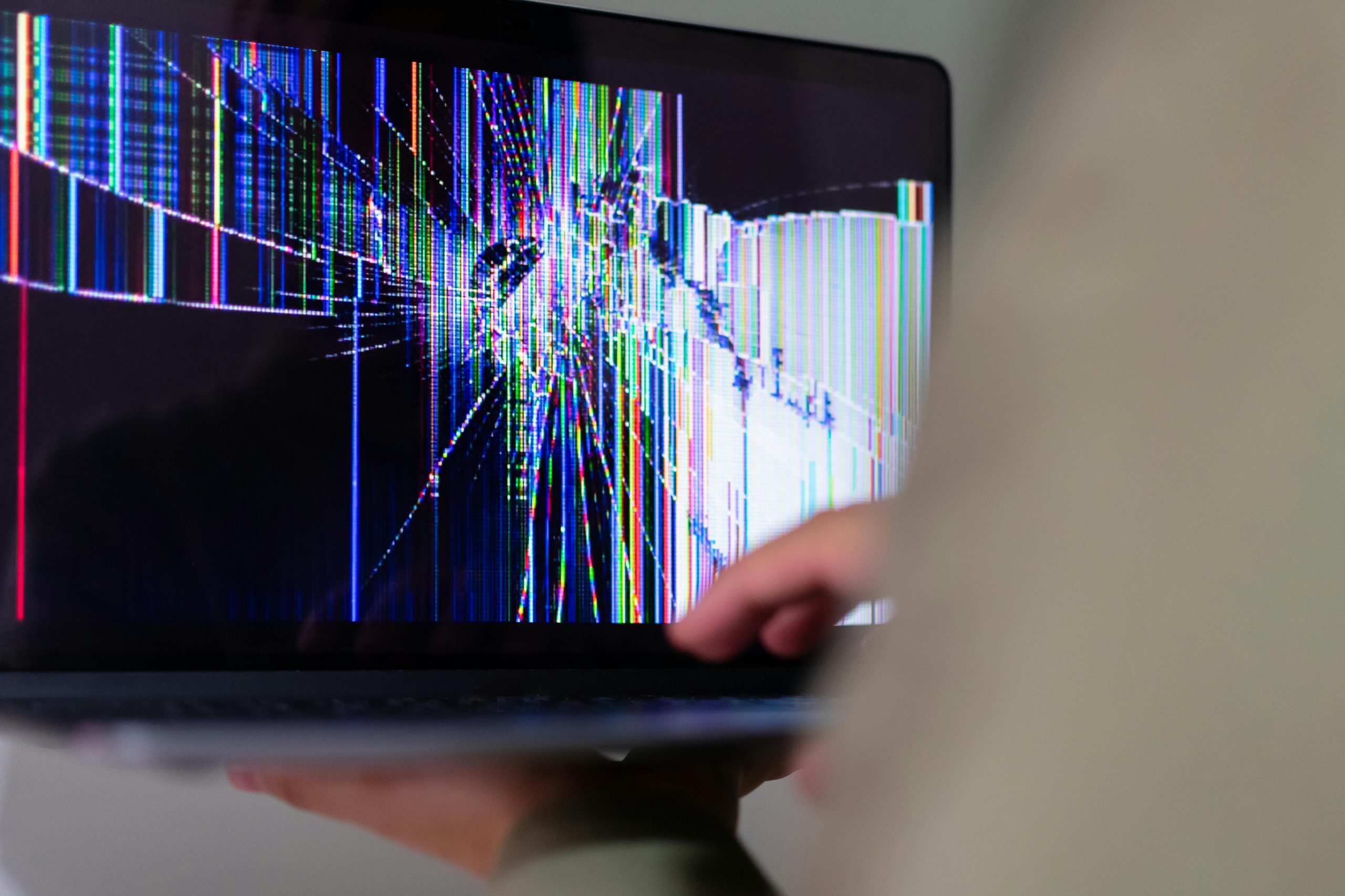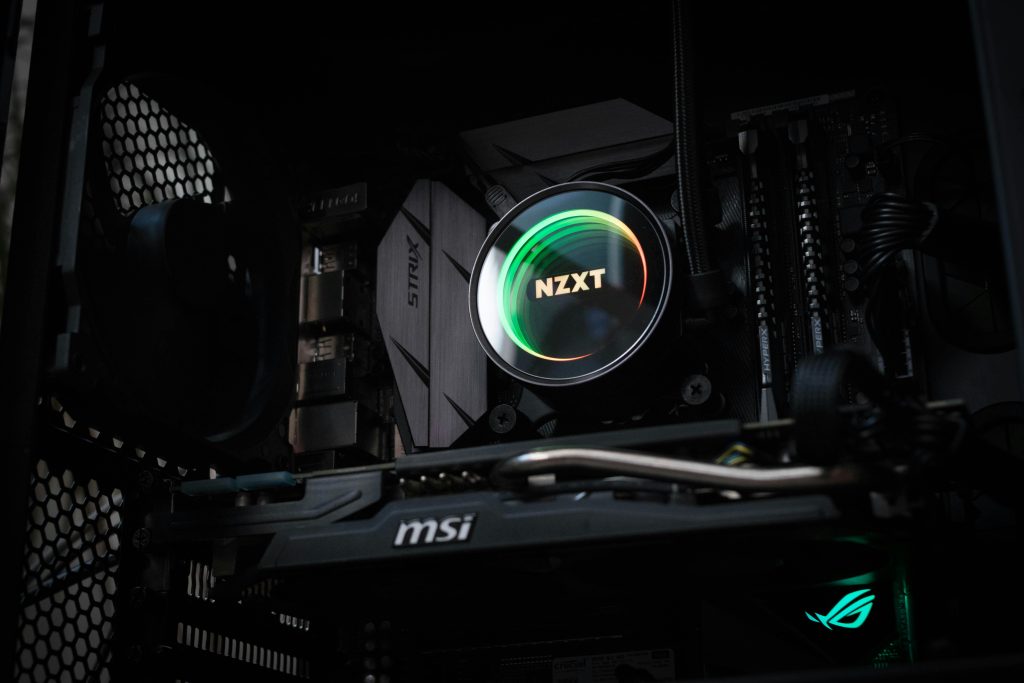Troubleshooting GPU and Display Issues After Updating AMD Drivers
Encountering display problems after updating graphics drivers can be frustrating, especially when multiple monitors or devices like TVs are involved. In this article, we explore common scenarios and potential solutions for resolving GPU and display issues following driver updates.
Case Overview
A user experienced a sudden loss of signal to their TV while using a dual-display setup consisting of a monitor and a TV. The problem persisted across different outputs (HDMI and DVI), with both devices showing “no signal” or “input not supported.” During troubleshooting, the user attempted to update AMD graphics drivers, which led to both monitors losing signal. To further complicate matters, they installed an older GPU, which resulted in inconsistent performance—sometimes working, sometimes not.
Additional attempts included reinstalling Windows, which failed with an error message stating, “there was a problem resetting your PC, no changes were made.” CMOS reset procedures were also tried without success. Currently, the TV displays correctly, but the user seeks guidance on restoring full multi-monitor functionality and determining whether the GPU hardware is faulty or if the issue is driver-related.
Potential Causes
-
Driver Conflicts or Corruption:
Updating GPU drivers can sometimes cause compatibility issues or corrupt installation files, leading to display problems. -
Hardware Failures:
Physical issues with the GPU or cables—such as damaged HDMI or DVI ports—can result in signal loss. -
Display Configuration Errors:
Incorrect display settings or resolution mismatches can cause “input not supported” messages. -
System or BIOS Issues:
Outdated BIOS or reset procedures may impact hardware detection.
Recommended Troubleshooting Steps
1. Verify Hardware Connections
Ensure all cables are securely connected and undamaged. Test each output port with different cables or devices if available.
2. Boot into Safe Mode
Start Windows in Safe Mode to prevent third-party drivers from loading, which can help isolate the problem.
– To do this, restart your PC and repeatedly press F8 or Shift + Restart, then select Safe Mode.
3. Use Display Driver Uninstaller (DDU)
When in Safe Mode, uninstall AMD drivers completely using DDU. Afterward, reinstall the latest drivers from the AMD official website. This clean installation can resolve corruption issues.
4. Check Display Settings
Once back in normal mode, access display settings:
– Right-click on
Share this content:



